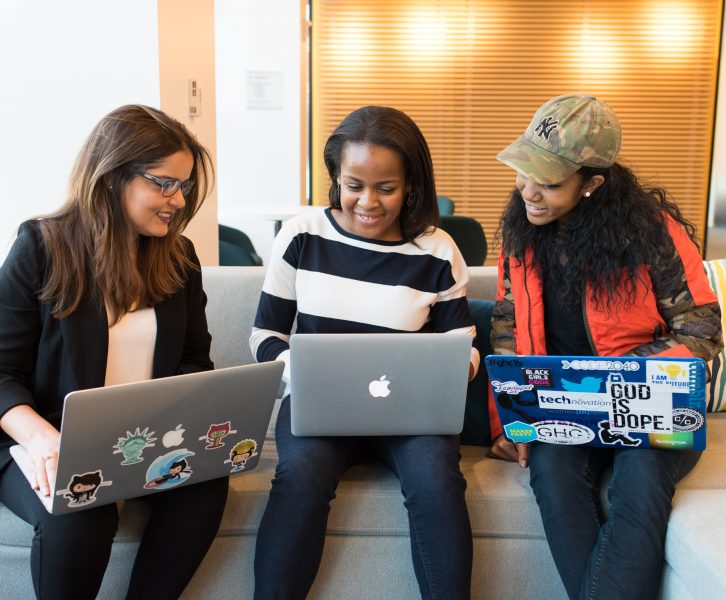Growing up is not about big leaps. It is about small steps that build confidence, courage, and independence. For teenage girls, independence often begins with tiny adventures. Nothing too extreme. Just everyday experiences that make you braver, smarter, and more comfortable making your own choices.
Here are some fun, safe, and simple mini-adventures that help teen girls grow more independent and self-assured.
- Plan Your Own Mini Day Out
Choose a destination, check transport options, plan timings, and budget for snacks. Whether it is a library, gallery, café, or park, planning the day gives a little taste of responsibility without being overwhelming. It also builds organisational skills and confidence.
- Learn to Handle Money Like a Pro
Start managing small budgets for outings, gifts, or even group plans with friends. Learning to pay bills, split costs, and make smart spending choices helps teens become responsible early on. It is not just about money. It is about making decisions and owning them.
- Order Takeaway or Food on Your Own
Food and independence go surprisingly well together. Placing an order, choosing a dish you have never tried, or organising a meal for friends helps build decision-making skills. Trying flavours from places like an Indian takeaway Clifton also helps teens explore new foods, make choices confidently, and feel comfortable managing simple tasks like collection or delivery.
- Explore a New Hobby Without Waiting for Permission
It may be painting, blogging, digital design, music production, or cooking. Trying something new, entirely by choice, gives teens a strong sense of identity. It teaches them that independence is not just about going places. It is also about choosing who they want to become.
- Take the Lead in a Group Plan
Whether it is a study session, birthday plan, picnic, or movie meet-up, being the organiser helps build leadership skills. You learn how to handle opinions, share tasks, take initiative, and make decisions that work for everyone.
- Navigate Public Transport (With Safety in Mind)
Learning safe routes, reading timetables, and tracking journeys is a big step in growing up. It teaches responsibility, awareness, and confidence in navigating the world. Always stay safe, travel with friends, and keep parents informed, but take small steps toward independence.
- Start Saying “I Can Do That”
Independence begins with a mindset. Offering to help with real-world tasks like booking appointments, shopping for essentials, managing school projects, or making calls gives teens real-life confidence. Every successful task, no matter how small, builds belief.
- Try Something a Little Outside Your Comfort Zone
It could be speaking to someone new, joining a group, sharing your opinion confidently, or just walking into a café and ordering what you want. Growth does not always feel comfortable. But it always feels rewarding.
- Learn How to Choose What’s Best for You
Independence is not just about doing things alone. It is about knowing yourself. Learning to choose your style, your hobbies, your food preferences, and your personal boundaries is a key part of becoming confident and independent.
- Create Mini Traditions With Friends or Siblings
Even the smallest rituals feel special when you are the one making them happen. A monthly dessert meet-up. A Saturday selfie walk. A yearly handmade gift swap. These rituals help build independence, joy, and emotional connection.







